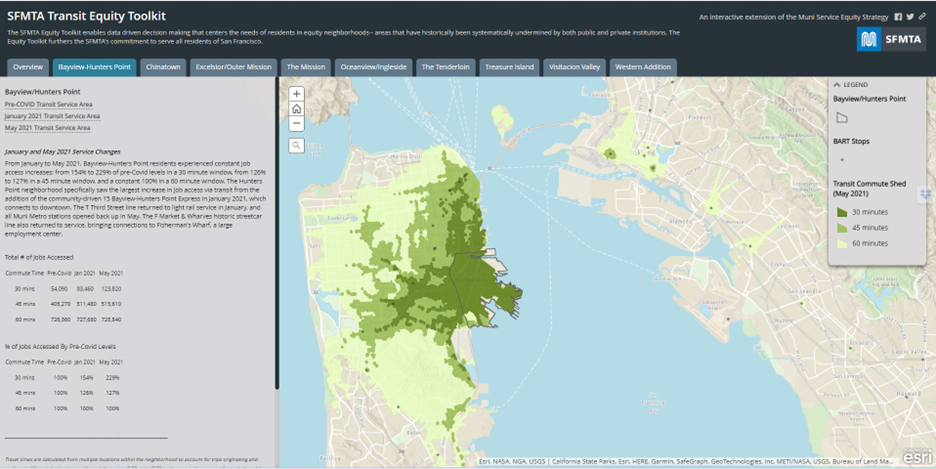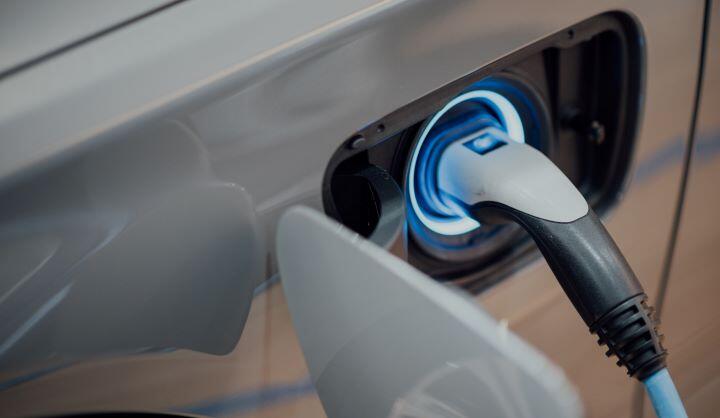- April 25, 2013
- Transportation
Major urban mass transit systems are almost always operating at a deficit. Transit agencies must find other sources of funding to help close the gap, reduce expenditures (often by cutting service), or increase revenues by raising fares and/or lowering customer subsidies. Especially as general state and local budgets become more and more inflexible and limited, last-minute emergency funds are harder to find. Transit systems more often find themselves having to consider the very politically-unpopular option of asking citizens to pay more for reduced service. Big data analytics can help agencies better understand capacity and management problems and solutions, increasing the efficiency of every aspect of these large sprawling systems so service cuts and fare hikes need not be quite so drastic. Service can be adjusted more carefully to meet demand and transfers can be better synchronized, allowing for better service using fewer cars and conductors and less energy.
However, this data needs to come from somewhere, and sourcing it isn’t free. An increasingly common and useful source of data comes from the use of rechargeable smart-cards on transit systems. Usually, when these are introduced, they are praised for offering a faster and more convenient option for customers. They are also an ongoing source of system savings because they eliminate costly ticket or token production, sales, and distribution. As cash is eliminated from a system through digital payments for digital credit, a whole apparatus of armored trucks and guards for cash collection disappears, along with their substantial cost that doesn’t improve service delivery at all.
The other huge benefit to smart cards is that these cards add data points from each trip to a centralized database, which can include the time and duration of a trip, transfers, and start and end points. Systems which use cards like these, such as the London Underground, have been begun to analyze this data to better understand the ebb and flow of their customers with a granularity and preciseness never before possible. As analysis continues, cities will be able to tweak systems to better respond to customers’ needs, more and more exactly and thus less expensively.
While the savings from switching to a smart card fare system are significant, the initial investment to rebuild fare payment infrastructure could be prohibitive. This is true especially in these times of tight budget constraints, as creating the political will to create this change is also a difficult challenge. Starting in 2006, New York City’s subway system ran a pilot to introduce a new fare payment mechanism, purposely piggybacking off of existing bank cards equipped with wireless chips. And then this pilot - while effective within its scope - went nowhere. Years after original plans intended to have overhauled the system, turnstiles continue to operate with the 20-year old MetroCard technology.
As a result, management leadership is essentially operating within a black box, without an accurate idea of true ridership patterns. Without this data it becomes much more difficult to modify service to generate needed savings more deliberately than across-the-board cuts in frequency. In the meantime, the PATH system leading across the river into New Jersey has implemented its own smart card, SmartLink. NYC should work with PATH, piggybacking off of their technology as attempted years ago using bank cards to build a regional fare system. This could not only reduce costs through economies of scale and be even more convenient for the many travelers who live and work throughout the metropolitan region and utilize both systems, but also generate an even richer data set. If MetroNorth and the Long Island Railroad were to also join the effort, the benefits for customers and transit agencies would be considerable. The information a single regional smartcard would generate would be incredibly valuable, allowing an analysis of city and suburban ridership and shifting demand that could revolutionize operations.
Big data analytics, while holding great promise to transform the way transit systems operate and respond to change, are still dependent on infrastructure investments and complete system change to really take off.
Even when a single system utilizes a smartcard fare payment, it remains difficult to switch over a region of interconnected systems, or even to get every component of a single system on board. While Boston has utilized the CharlieCard for years, its commuter trains are not equipped to read these cards and the system isn’t calibrated for variable long-distance fares, so as a result costly and inconvenient individual tickets must be produced and sold. Most tourists or irregular system users use a paper CharlieTicket instead, which incurs additional cost and does not contribute to transit data sets.
If a system switches only partially to a smart card system, customers will still find increased convenience, but costs to distribute traditional tickets will persist, and the data set will remain incomplete and less useful as a resource to reliably improve the system. Pointing a way forward, the Bay Area has made big moves to bring its tangle of transit systems under control through the use of the single, unified Clipper card. While the transition remains incomplete, regional cooperation is helping to fuel the change and the many systems and stakeholders will soon start to see the additional benefits to their efforts in the form of complete and actionable data. Big data analytics, while holding great promise to transform the way transit systems operate and respond to change, are still dependent on infrastructure investments and complete system change to really take off. And the richest kinds of data will only become unlocked and complete when those investments are made regionally and a spirit of cooperation carries the initiative across an entire metropolitan area, or possibly beyond.




